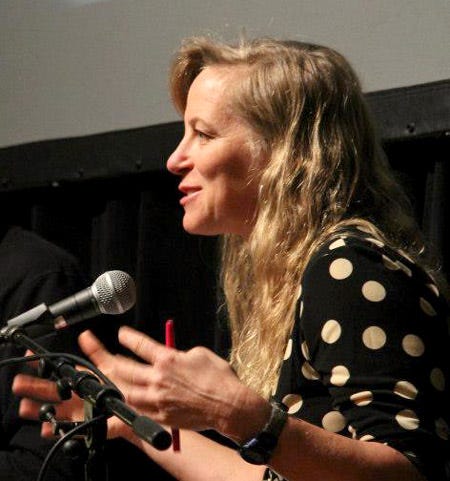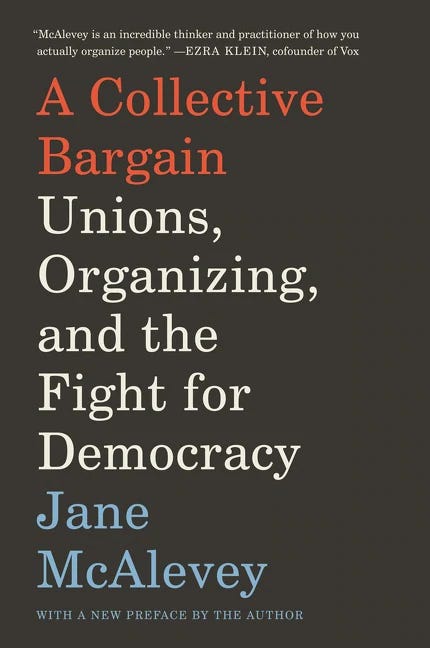Canada climate goals set high hurdle for Suncor oil sands mine extension

On April 6, Canadian environment minister Steven Guilbeault warned Suncor in a letter that its proposed 225,000 barrel per day (bpd) extension to its oil sands Base Mine in northern Alberta would not, in current form, pass a federal environmental review due to high carbon emissions.
The same day, Guilbeault approved Equinor’s (EQNR.OL) huge Bay du Nord offshore drilling project in the north Atlantic Ocean, expected to produce crude with an emissions intensity of eight kilograms of carbon per a barrel. Suncor’s existing Base Mine emits 42 kilograms a barrel of carbon.
The contrast underlines how Canada, the world’s fourth-largest crude producer, is distinguishing between higher and lower-carbon fossil fuel production as it aims to slash emissions over the next three decades.
Canada will also require new oil and gas projects to show their emissions are “best in class”, without defining what exactly that class would be, and able to hit net-zero by 2050.
“It’s a big challenge for an oil sands project, and I’m not convinced they’ll even be able to do it,” said Chris Severson-Baker, Alberta regional director at the Pembina Institute, a clean energy think tank.
Guilbeault’s letter, published on the Impact Assessment Agency of Canada website, was sent in response to a request from Suncor to extend the Base Mine extension regulatory process by nine months. Company spokeswoman Sneh Seetal said Suncor was taking time to improve the project.
The company is part of the Oil Sands Pathways to Net Zero Alliance, a group of firms aiming for net-zero by 2050 using technologies like carbon capture and storage.
DECLINING RESERVES
Suncor needs the Base Mine extension because the existing open pit bitumen mines that feed two upgraders at its Base Plant oil sands facility are expected to run out in the mid-2030s.
The company produces around 750,000 barrels of oil equivalent per year. The Base Plant upgraders have a combined capacity of 350,000 bpd and process bitumen into higher-value synthetic crude.
The proposed mine extension is adjacent to Base Plant, just north of Fort McMurray. It would cost around C$4.4 billion ($3.5 billion), according to the Alberta government’s major projects website, and produce for 25 years.
Alternatives include developing a different oil sands lease or transporting bitumen to Base Plant from operations elsewhere owned either by Suncor or third parties, Suncor said in regulatory documents.
But moving bitumen from other sites further away would be more expensive and a developing a new lease would also come with tough emissions standards, said Tudor Pickering Holt analyst Matt Murphy.
“The best return on capital is certainly to extend the life of the mine rather than finding other bitumen sources,” he said.
Suncor’s new application for the mine extension will shed light on how the company intends to meet its climate target of net-zero emissions by 2050, said Jamie Bonham, director of corporate engagement at NEI Investments, a Suncor shareholder.
Oil and gas is Canada’s highest polluting sector, accounting for 26% of emissions.
Many climate analysts question the government’s strategy of encouraging “cleaner” oil production, when most of the emissions from a barrel of oil are released during end-use combustion, rather than production.
“It’s like being on a diet and getting an ice cream with a low-calorie cone or a regular cone,” said Dan Woynillowicz, principal at climate advisory firm Polaris Strategy + Insight. “You’re still eating the ice cream.”







/cdn.vox-cdn.com/uploads/chorus_image/image/70765749/Colorado_20211202_COCollegeBrothersP2_EliImadali_005.0.jpeg)